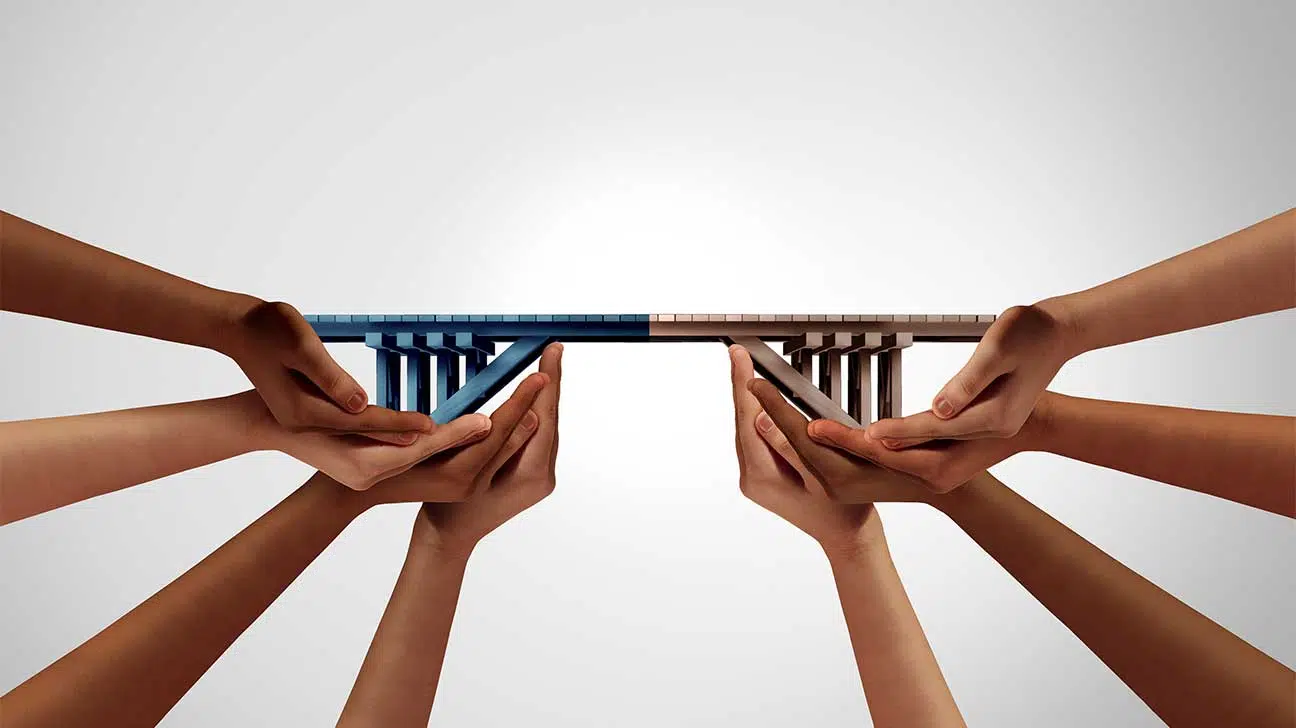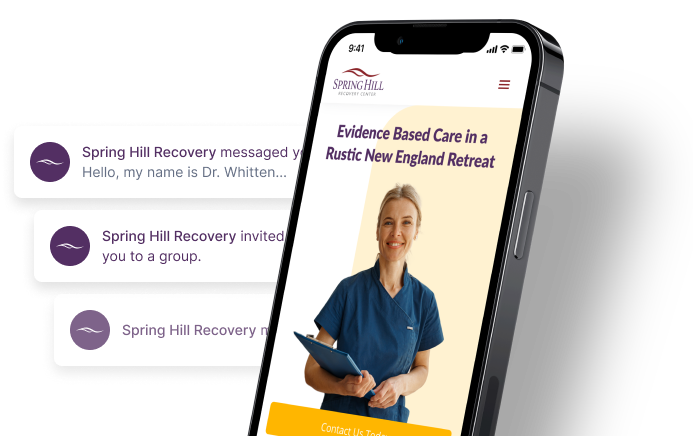Community Reinforcement Approach For Recovery From Substance Abuse
The community reinforcement approach for addiction recovery has unique therapeutic benefits that increase engagement, motivation, and fulfillment in sobriety.

Well established among other substance abuse therapy techniques, the community reinforcement approach (CRA) can be adapted to various populations and age groups.
The protocols of this approach are designed to decrease dependence on substance use and increase reliance on social and interpersonal connections conducive to abstinence.
What Is The Community Reinforcement Approach?
The community reinforcement approach for recovery from substance abuse is an effective behavioral intervention that can supplement other treatment approaches.
Community reinforcement is a motivational addiction therapy technique that focuses on building relationships with peers in recovery and developing sober social networks.
The approach is based on the theory that a positive environment is integral to helping people adopt healthier behaviors and set intentions to make changes for a sober life.
The integration of community reinforcement can enhance the value of quality treatment and supplement the overall recovery experience for people who are new to sobriety.
Protocols And Goals Of Community Reinforcement
Getting sober is a difficult process of mobilizing and accepting change. This can include changes in thoughts, behaviors, habits, pastimes, relationships, and careers.
Many people of different ages and backgrounds have difficulty adjusting to these changes and need support in addressing problematic areas that hinder their recovery.
Protocols of CRA are designed to facilitate adjustment to change and help people overcome social and mental barriers to sustaining sobriety.
Skill-development protocols of the community reinforcement approach include:
- role-playing exercises
- behavioral rehearsals
- communication practice
- creative problem-solving sessions
- stress-reduction practice
The primary goals of the community reinforcement approach are twofold: to decrease the desire to use substances and to increase positive reinforcement for abstinence.
By achieving these goals, people may become more willing to replace old habits and behaviors related to substances with healthy routines and sober activities.
For example, people are encouraged to replace happy hours after work with having family dinners at home, or go to a 12-step program meeting instead of drinking or using.
People who engage socially with other sober people are more likely to find fulfillment, positivity, and purpose in sobriety, and less likely to resort back to substance use.
Community Reinforcement For Different Populations
The approach is flexible in nature and can be adapted to people of different age groups and demographics to help them overcome the barriers of challenging environments.
The adolescent community reinforcement approach is well-suited for young adults who come from diverse backgrounds and may have challenges in school or at home.
In community reinforcement sessions they can learn effective communication skills and coping strategies to deal with peer pressure and build positive recovery networks.
It can also be effectively used for people who have co-occurring mental health disorders such as anxiety, which may interfere with their ability to connect socially in their communities.
Integrating Community Reinforcement With Other Therapy Types
Community reinforcement is often integrated with individual counseling, group therapy, and family therapy for optimal outcomes in substance abuse treatment.
Other therapeutic techniques such as motivational interviewing are congruent with the principles of community reinforcement and can be mutually beneficial in tandem.
Finding Treatment For Addiction In Massachusetts
Making the decision to get sober is extremely challenging, but it does not have to be done alone. Support from professionals and loved ones can make a huge difference.
If a family member or someone you know needs help to overcome an addiction, we provide a variety of treatment options at our inpatient or intensive outpatient programs.
Our team of addiction specialists is available to answer any questions you or your loved one have about the services we offer. Call our helpline today to learn more.
- American Psychological Association – Community Reinforcement and Family Training https://www.apa.org/pi/about/publications/caregivers/practice-settings/intervention/community-reinforcement
- National Library of Medicine – The Community Reinforcement Approach https://www.ncbi.nlm.nih.gov/pmc/articles/PMC3860533/


